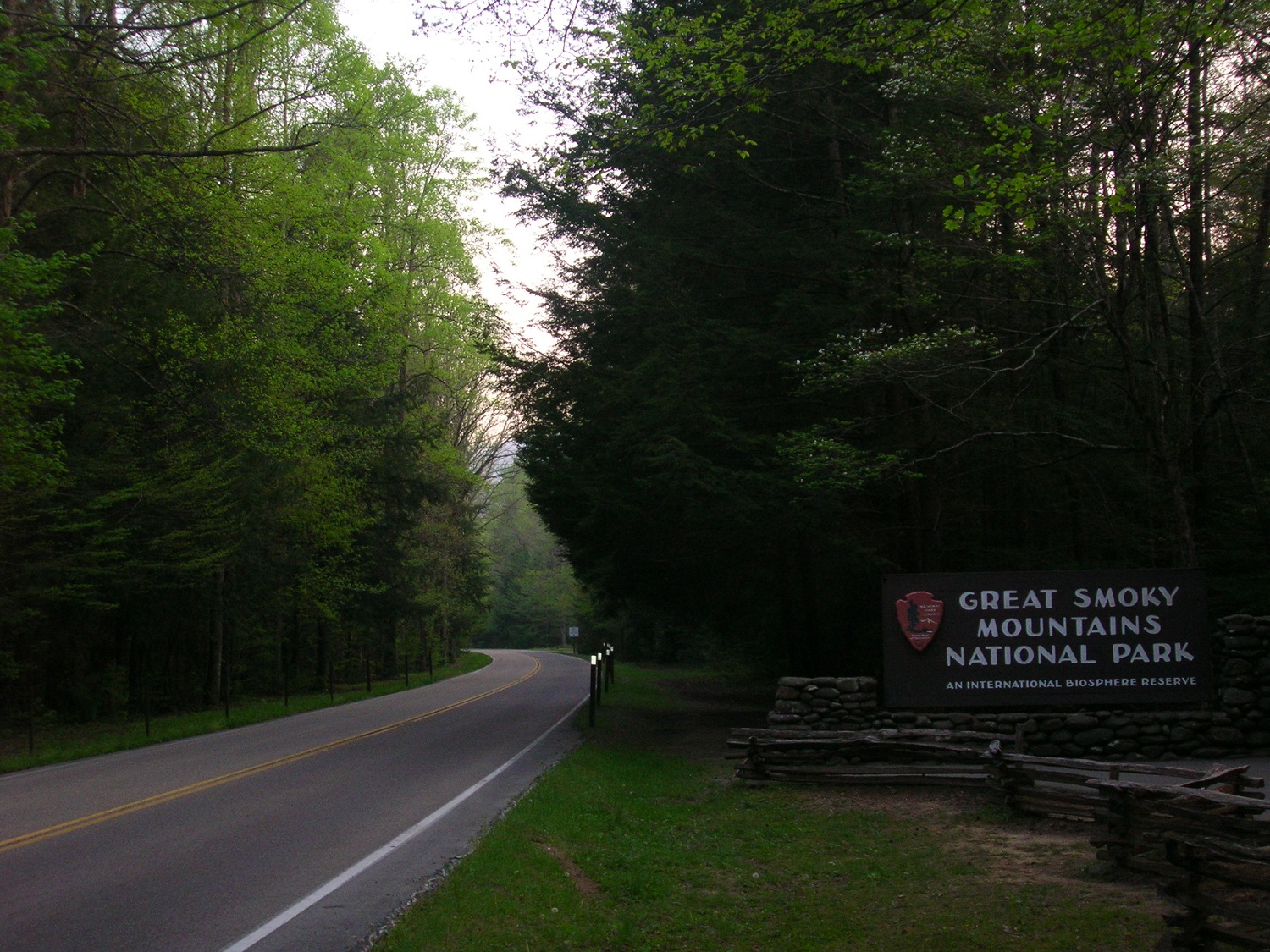Stretching over more than 200,000 ha, this exceptionally beautiful park is home to more than 3,500 plant species, including almost as many trees (130 natural species) as in all of Europe. Many endangered animal species are also found there, including what is probably the greatest variety of salamanders in the world. Since the park is relatively untouched, it gives an idea of temperate flora before the influence of humankind.
Great Smoky Mountains National Park is the most important natural area in the eastern United States and is of world importance as an example of temperate deciduous hardwood forest and thus an outstanding example of the diverse Arcto-Tertiary geoflora era, having a high number of temperate species with some rich mixed stands. During Pleistocene glaciation it was the major North American refuge for temperate and boreal species of flora and fauna, so has a large number of endemic species as well as an extremely rich species composition. With 130 species of tree, it has almost as many species as all of Europe. This has resulted in a rich vegetation mosaic. It harbours many endangered species of animals, and has possibly the greatest diversity of salamanders in the world; it is a centre of endemism for North American molluscs.
The dominant topographic feature of the park is the range of the Great Smoky Mountains with 16 peaks over 1,829m. Lesser ridges form radiating spurs from the central ridgeline. In broad aspect, the topography of the park consists of moderately sharp-crested, steep-sided ridges separated by deep V-shaped valleys. Many of the mountain ridges branch and subdivide creating a complex of drainage systems with many fast-flowing clear mountain streams. The park contains 22 major watersheds and the water table is near the surface in almost all sections. Precambrian metamorphic rocks consisting of gneisses and schists, and sedimentary rocks.
The vegetation changes continuously with elevation, slope aspect and soil moisture patterns. Five species are officially listed as endangered on the Fish and Wildlife Service List of Candidate Endangered Plants. A diverse fauna occurs including at least 50 native animals, reflecting the richness of the flora. Several species of bat and over 200 species of bird inhabit the park.
Heavy precipitation and numerous streams make the mountains ideal for a wide variety of amphibian species; the park also contains a diversity of invertebrates, over 70 species of native fish, spiders, insects and other arthropods, and over 100 species of caddisfly and stonefly.
Archaeological sites support the theory that prehistoric people (15,000 years ago) were hunters and gatherers. Present historical and cultural interpretation in the park is based mainly on the structures dating from the mid-1800s to 1920, including the finest collection of log buildings in the United States.
The park contains evidence of four pre-Columbian Indian cultures: Mississippian, Woodland, Archaic and palaeo-Indian. The early Woodland culture period is of special archaeological importance because it shows the first evidence of organized horticulture in North America, with primitive agriculture on river floodplains. These Indians used the caves for shelters and chipped gypsum and mirabilite off the walls: more than 150 archaeological sites have been identified within the national park. Saltpeter deposits were discovered on the cave walls and this valuable nitrate was removed and sent to be processed in gunpowder factories between 1809 and 1819. Three churches and 14 cemeteries still exist in the park and are used by the public.
There are no permanent inhabitants in the core area. About 240 people live in the buffer zones with a further 1,500 in the transition area. Only 25% of the population is considered urban and no significant increase in urbanization is expected in the near future. Most people are engaged in agriculture, tourism or service industries.















